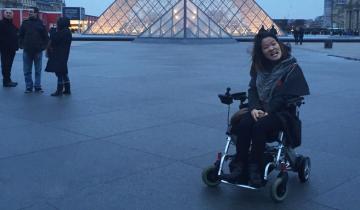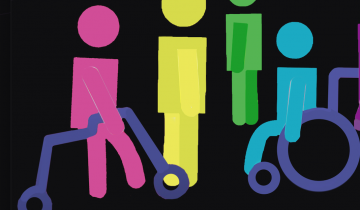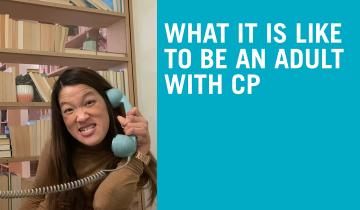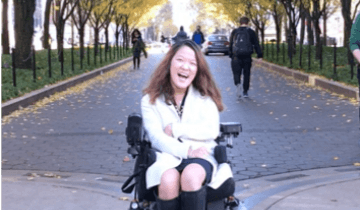Welcome to the second part of my travel series! In the previous post, I wrote about how I found my love for traveling through my trip to Madrid and Paris. Looking back, not only do I realize that these trips took place during very different phases of my adult life, but they also mark the different phases of my CP in recent years. Although CP is the result of a non-progressive brain injury, many folks experience a decline in their physical abilities in their adult years — the inevitable effect of aging, not just for those with disabilities, but for everyone.








